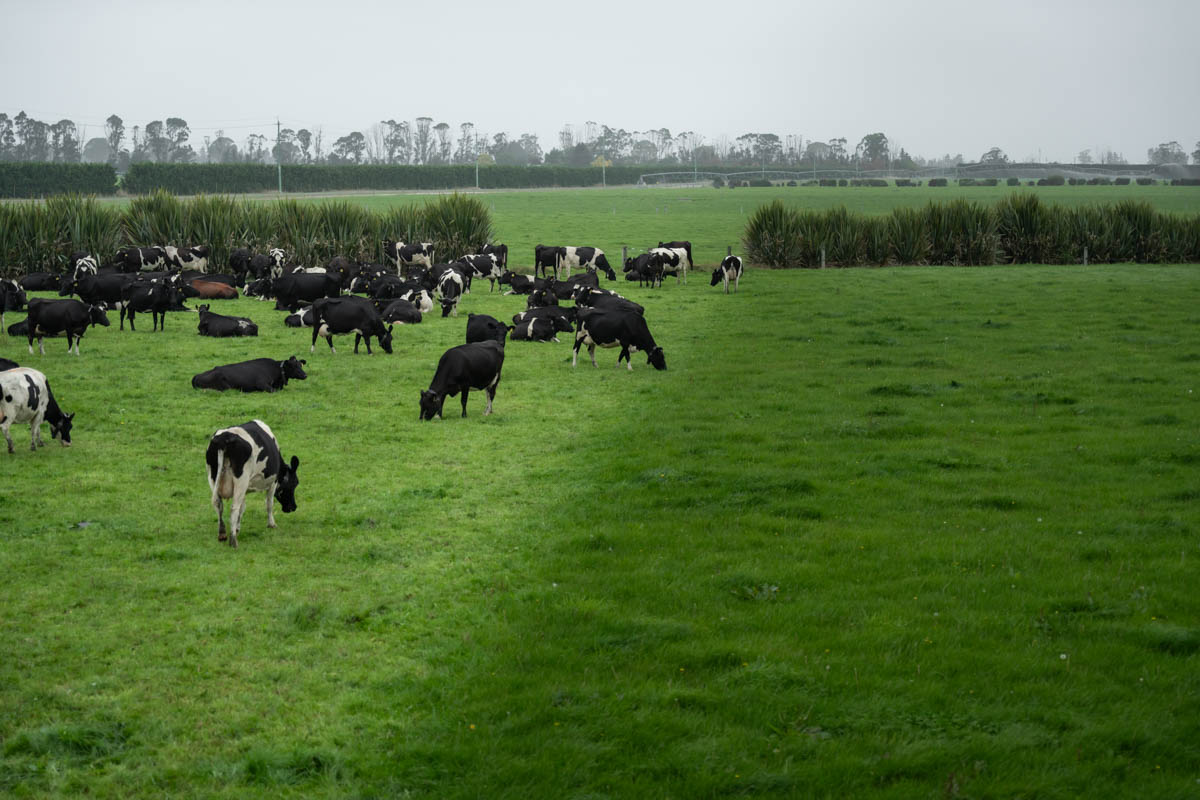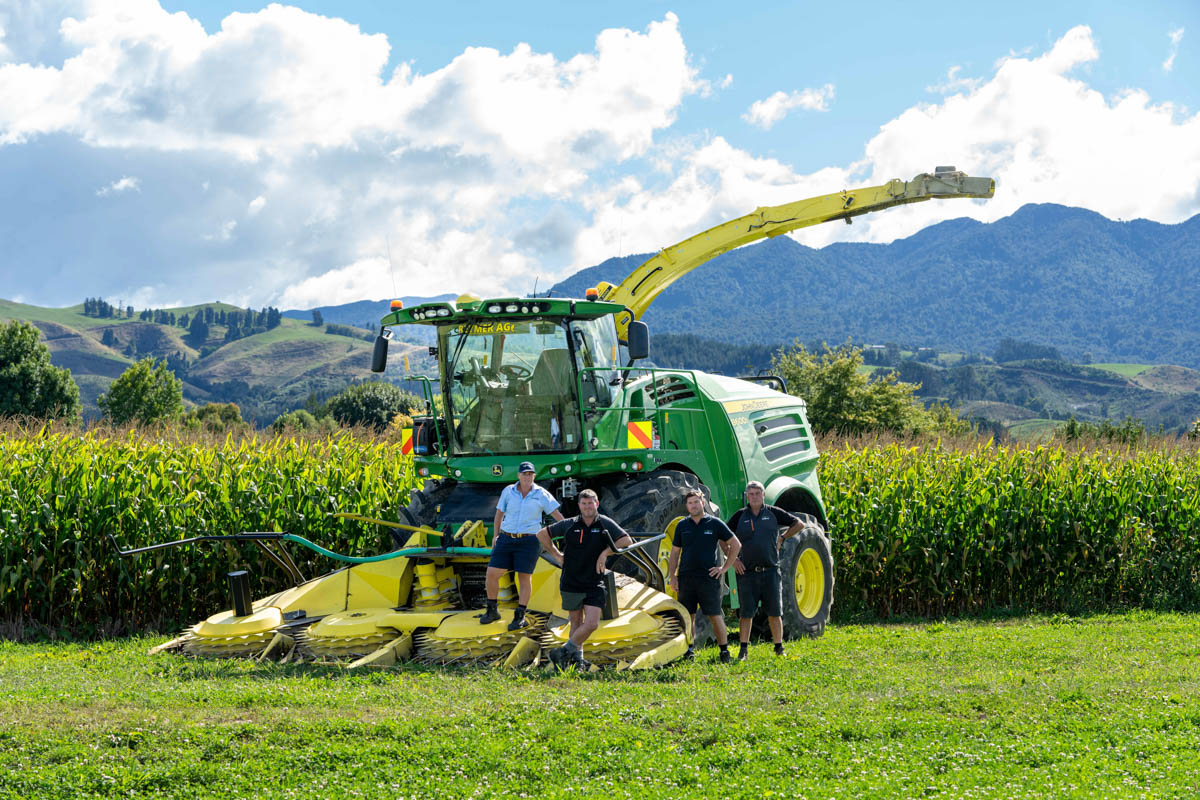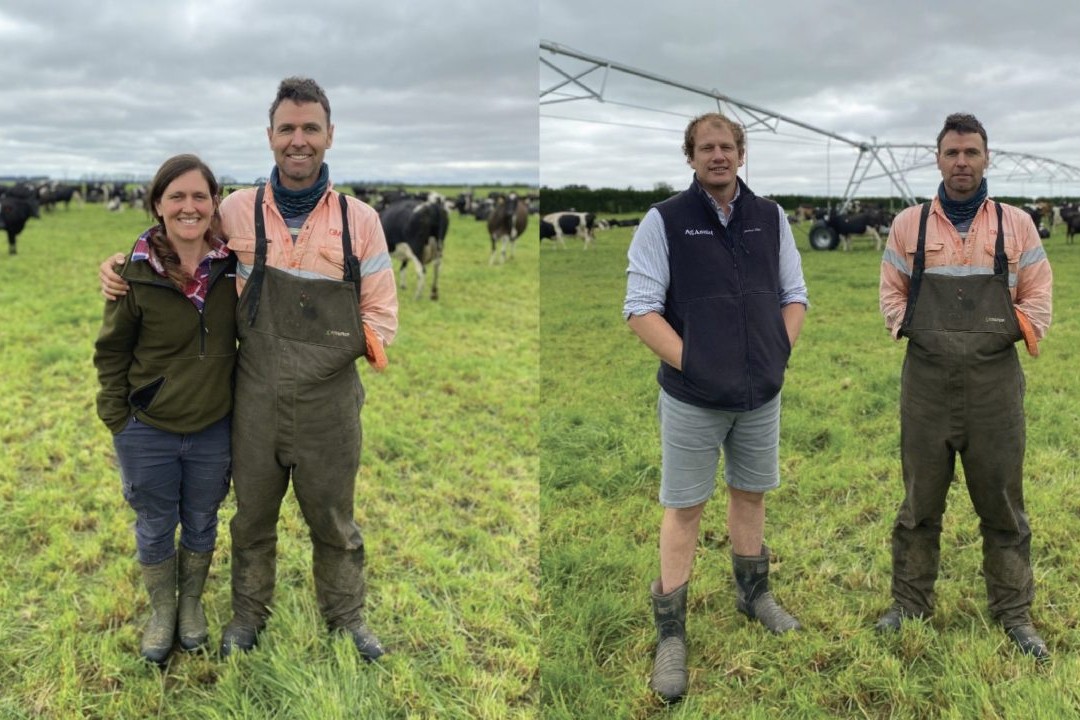Reap rewards for refrigerants
There is now a buy-back system dairy farmers can take advantage of, to not only safely dispose of old equipment or refrigerant surplus in the back shed, but also upgrade equipment in their farm dairies. Words Sheryl Haitana

The old milk vat and attached chiller that only gets plugged in every spring to chill the colostrum could be a risk of leaking refrigerant and damaging the atmosphere.
Fortunately there is now a buy-back system dairy farmers can take advantage of, to not only safely dispose of old equipment or refrigerant surplus in the back shed, but also upgrade equipment in their farm dairies to reduce the risk of leaking while at the same time, improve efficiency.
The Trust for the Destruction of Synthetic Refrigerants is an environmental trust formed in 1993. The Trust’s MfE accredited Product Stewardship Scheme Cool-Safe manages refrigerant gas collection and destruction in New Zealand.
Synthetic refrigerants, sometimes called F-gasses, which are used in heating and cooling equipment, are damaging to the atmosphere if they leak or are released.
“When we first shipped our products to the motherland, we used ammonia as a refrigerant,” Cool-Safe chief executive Janine Brinsdon says.
Ammonia was switched to more modern synthetic refrigerants. As they are man-made there is consistency in their performance and behaviour, making them a stable, non-toxic alternative to Ammonia. If released into the atmosphere, however, these synthetic refrigerants contribute to greenhouse gas emissions.
“The refrigerant that is in use now on your farms is valuable, it’s an asset that we will buy at the end of its useful life. Depending on the quantity, we are paying hundreds of dollars per kilo for recovered refrigerant. Farmers can use that payment to offset the cost of a newer system.
“That mystery cocktail in the corner of your back shed, which might include some old R22 refrigerant you had on hand just in case something broke down, we will buy that as well. We will take the lot and we will pay for it.”
It is illegal to knowingly discharge refrigerant into the atmosphere and there are hefty fines involved.
One equipment manufacturer working closely with Cool-Safe estimates most dairy farms have an average of 20-60kg refrigerant onfarm in older systems, versus the new systems, some of which only require an average of 7kg of synthetic refrigerant. Depending on the global warming potential of the refrigerant that is driving that older system, there could be up to 114t C02 equivalent saving per farm from crossing over to these new refrigerants, Janine says. Other farms have transitioned to non-synthetic refrigerant alternatives with even lower GWP ratings.
This is a good story for dairy farmers who are under a lot of pressure when it comes to greenhouse gas emissions, and the footprint on their export products, she says. “There is so much farmers can’t control, but they can control their use of refrigerants onfarm.
“Refrigerants make up 2% of NZ’s GHG emissions. We have the technology available now to manage these emissions and reduce our carbon footprint. It need not be expensive and it’s something positive farmers can put in their environmental reports.”
The best option for dairy farmers is to get in touch with a qualified technician to come out to their farm to assess any risks or identify any opportunities to upgrade equipment, and ensure they continue a maintenance programme to reduce any risk of leaking refrigerant.
Visit cool-safe.org.nz





